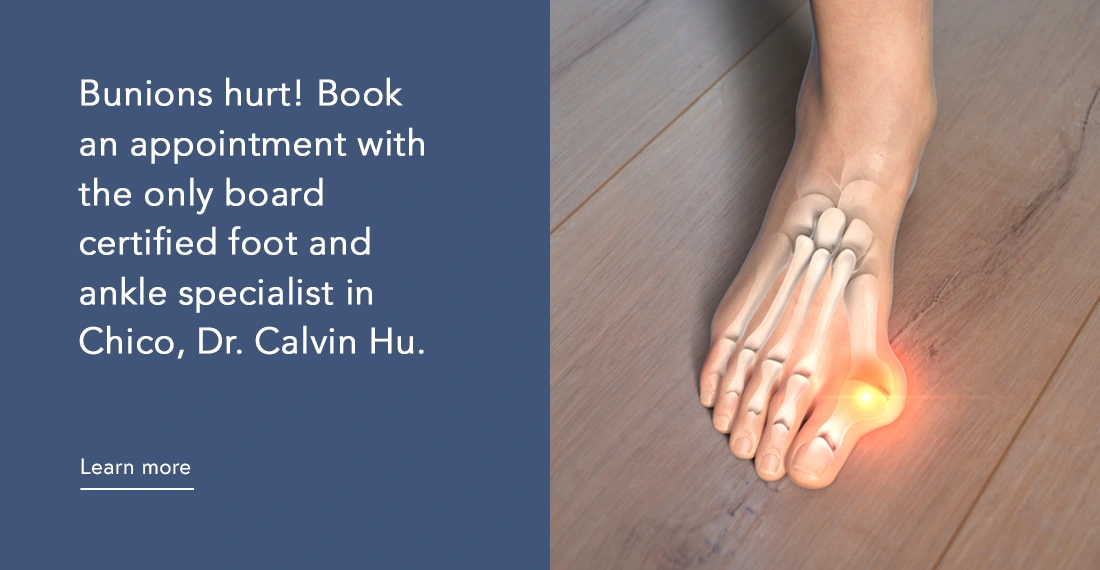Hip Resurfacing Arthroplasty
What is hip resurfacing arthroplasty?
Hip resurfacing arthroplasty is surgery to treat hip osteoarthritis in young active patients to avoid hip replacement surgery and maintain high – impact lifestyles. It is designed to conserve femoral bone (the femur is the upper leg bone); restore hip biomechanics, reduce pain and restore function. It is an alternative to total hip replacement that preserves more bone than a total hip replacement, which has benefits. Long-term data shows that hip resurfacing lasts for up to ten years. The procedure provides the best results in carefully selected patients.
What is the difference between hip resurfacing and total hip replacement?
When arthritis damage to the hip socket causes pain as the bones scrape together and reduces the ability to perform basic daily functions and participate in sports and an active life, HRA may be the solution. In traditional hip replacement the head of the leg bone is removed and replaced with manmade parts, and the socket is lined with manmade parts.
In hip resurfacing the head of the leg bone is NOT removed. Instead, it is trimmed and capped with a smooth metal covering (the femoral cap); and the socket is lined with a metal shell. Hip resurfacing is an alternative to hip replacement surgery specifically for young active patients.
Who is the best candidate for HRA?
A young (under age 60) active man with advanced osteoarthritis of the hip and strong, healthy bone whose pain and deteriorated function interfere with the activities that give life its meaning, who does not want a total hip replacement and desires to maintain an active lifestyle. For these patients, HRA can restore a high level of activity and function and decrease pain.
What is the key benefit of HRA?
The main benefit of HRA is the preservation of bone for those who might outlive the implants in a total hip replacement which can last15-20 years, and then need another total hip replacement.
In an HRA, when resurfacing wears out the femoral cap typically loosens from the bone. At that time a revision HRA or a total hip replacement surgery may be recommended. Importantly, conversion to a total hip includes retaining the larger head of the upper leg bone which offers a more stable joint replacement, and the metal socket shell usually remains firmly attached so no revision is needed.
What are the potential benefits of resurfacing?
- Significantly lower risk of hip dislocation and infection.
- Preservation of bone makes it easier to perform a successful revision or replacement surgery after hip resurfacing.
- Saving the head of the upper leg bone means a larger ball which allows for greater joint stability
- HRA provides a more stable joint than total hip.
- HRA allows the patient to maintain an active lifestyle and a more natural walking pattern.
- Shorter recovery time.
What are the potential disadvantages of resurfacing?
- There is a risk of a fracture of the neck of upper leg bone, nerve injury and metal wearing out so the patient may delay but may not be able to avoid a total hip replacement.
- The metal-on-metal ball and socket cuts down on wear and tear but causes metal ions to be dispersed in the body. The risk is unknown.
- The risk of metal allergy.
HRA is an inpatient hospital procedure performed under general anesthetic. It is an open procedure that produces a scar. Recovery can take up to four days. Patients must learn to walk on the leg with assistive devices, and on pain medications. Physical therapy is designed to restore range of motion and strength. Patients can resume daily life activities 6 weeks after surgery and 12 weeks to return to sports.
Contact OANC to schedule a consultation today.
Resources
- Oxblom A, Hedlund H, Nemes S, Brismar H, Felländer-Tsai L, Rolfson O. Patient-reported outcomes in hip resurfacing versus conventional total hip arthroplasty: a register-based matched cohort study of 726 patients. Acta Orthop. 2019 Aug;90(4):318-323. doi: 10.1080/17453674.2019.1604343. Epub 2019 Apr 18. PMID: 30997847; PMCID: PMC6718187.
- Girard J. Hip Resurfacing: International Perspectives: Review Article. HSS J. 2017 Feb;13(1):7-11. doi: 10.1007/s11420-016-9511-y. Epub 2016 Jul 15. PMID: 28167867; PMCID: PMC5264568.





